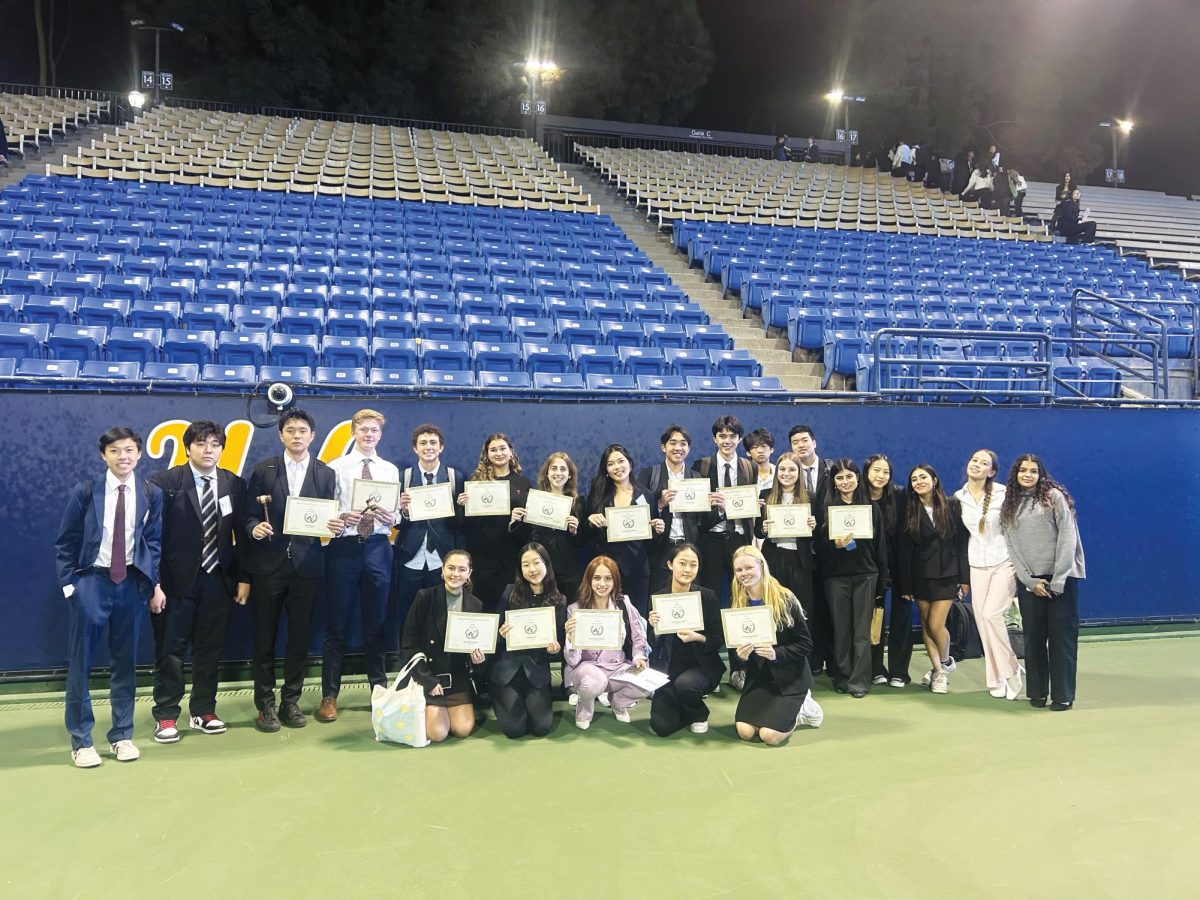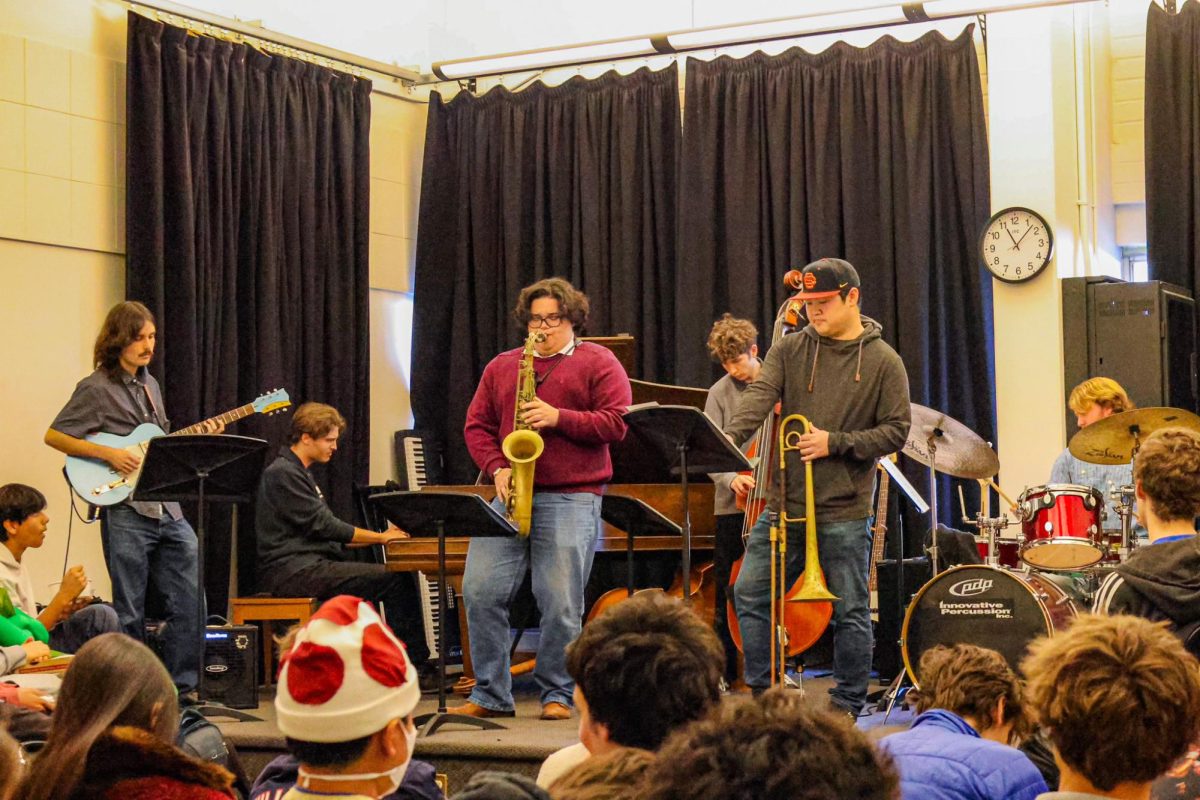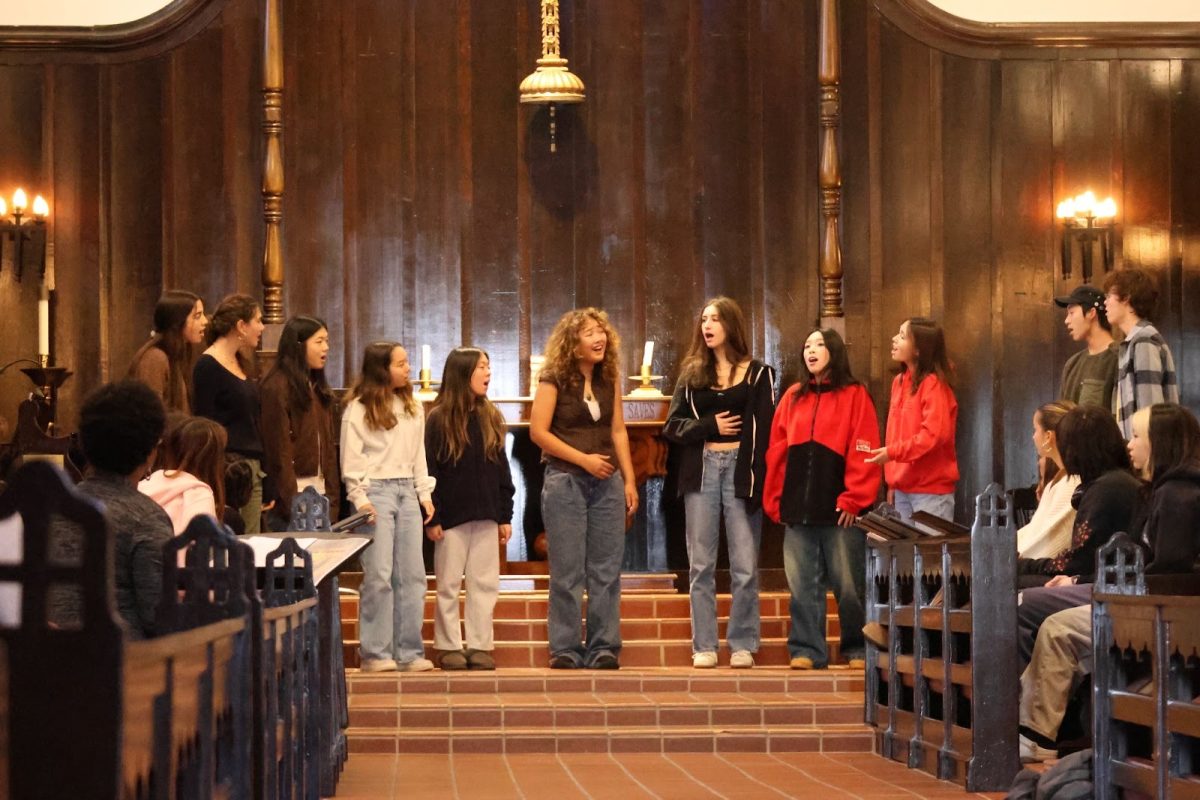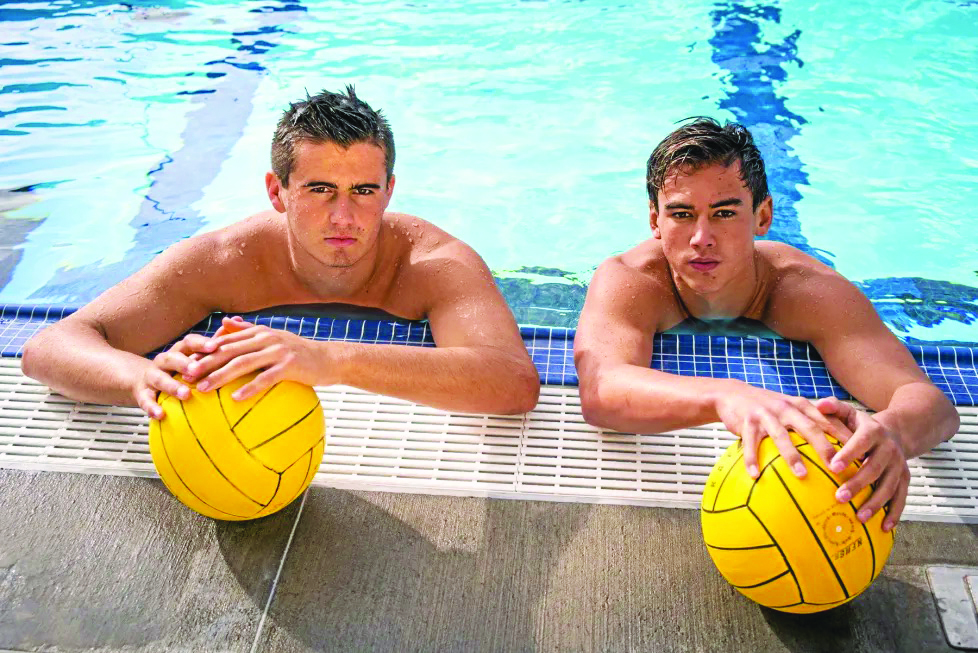By Alice Phillips
In the event of Armageddon, Harvard-Westlake is prepared. At least, that’s what Head of Security Jim Crawford hopes.
The CJL team that Crawford heads prepares for every possibility, even ones that seem less than likely to occur on campus. If an airplane were to crash on campus or into one of the buildings, the security team would be prepared. If a dirty bomb were to go off on campus, the security team would be prepared. If the largest earthquake in 100 years strikes Southern California, the security team would be prepared.
“We implement a lot of the crisis responses used by our local law enforcement and medical agencies, a little from the disaster response plans set forth by the state, and then we add and adjust to accommodate to our school and our students and staff,” Crawford said. “We do not practice every scenario as a school, but we operate the same under our crisis plan, which applies for many types of crises.”
The team prepares for a campus emergency by doing everything from timing how long it takes to run to the far reaches of campus to practicing shutting off the gas and electrical mainlines to going to live fire ranges for weapons training, Crawford said.
Last Saturday afternoon, the security team held an emergency staging in the quad to practice shooting with blanks.
“We do training all the time on both campuses at night and on holidays,” Director of Campus Operations Jim De Matte said. “We do drills shooting blank rounds and aero soft guns. We take it quite seriously.”
In class meetings and staged scenarios, the team taught students and teachers how to respond if a gunman were on campus in a system known as A.L.I.C.E. (Alert, Lockdown, Inform, Counter and Evacuate) response training. Students tackled members of Crawford’s security team posing as gunmen and terrorists, built forts from classroom desks and threw tennis balls at school employees all in the name of emergency preparedness.
“The most important training that we do is the A.L.I.C.E. training,” De Matte said. “That gives you kind of a mindset and a fighting edge if somebody comes on campus and tries to hurt all of us. Ask your friends at other schools: Do you have A.L.I.C.E. training? It’s in the back of your head. You will react. Look at all the other schools. We’re way ready.”
The newly installed lockdown alarms, which can be heard up to one mile from campus, are only the latest in a series of efforts to improve the campus’ preparedness for a gunman.
In the past, a lockdown was signaled by three consecutive rings of the traditional fire alarm, followed by a pause then repeated.
De Matte said that students and teachers had difficulty distinguishing between a fire alarm and a lockdown alarm, leading to potentially dangerous confusion.
After a delay receiving the lockdown alarms due to factory backorder, the security team plans to hold two full lockdown drills on campus in addition to the two fire drills that are required by the California Education Code. The first fire drill of the year was conducted Sept. 13 on both campuses.
At least one of the lockdown drills (when students barricade themselves in classrooms) will include some element of the A.L.I.C.E. training, where the security team may act as shooters in order to prepare students for classroom infiltration, Crawford said.
Security is also planning to stage a nuclear or biohazard drill sometime this year to practice containing students and teachers where they are and sealing them in rooms, De Matte said.
Emergency plans for the Middle School are similar to those of the Upper School, Crawford said.
The Middle School is required to conduct more fire drills annually due to the age range under California Education Code and the security team scaled back training in the case of an on-campus shooter because of the younger student ages.
A video about the Columbine shooting that was shown to the Upper School students in class meetings was not shown at the Middle School.
“For the younger kids, we decide to be a little bit mellower,” De Matte said. “They get a version of the A.L.I.C.E. training. You’ve got to remember they’re very young over there. Running around and shooting blanks in the hallway might be a little much for them.”
The security team has placed two lockdown toilets (white buckets storing the necessary supplies) in each classroom in case students and teachers are forced to stay there for extended periods of time.
If students and teachers are on campus but not locked down in classrooms, Crawford’s team has bathroom facilities stored in the emergency bunkers that they can set up for each gender along with privacy shelters.
The Upper School’s emergency bunkers, which are really retired shipping containers with added security, are tucked away between the north side of Zanuck swim stadium and the southwest corner of the track adjacent to Coldwater Canyon.
The Middle School’s two bunkers are identical to Upper School’s.
“Our bunkers have supplies for 2,000 people for three days… and then some,” Crawford said.
The water-tight bunkers are so well supplied that when the Red Cross came to give suggestions about any other supplies the school should have in the bunkers, the representative told Crawford that he has never seen a bunker as well-supplied on a high school campus.
That includes not only basic necessities such as fresh water supplies, non-perishable food and blankets but also board games, search and rescue kits and a Geiger counter.
In the event of a prolonged stay, students and teachers can plan on doing some cooking.
The instant meals provided are individual do-it-yourself packages to occupy people after an emergency, at least for a time.
“I’d like it to be like the Beverly Hilton,” he said.































